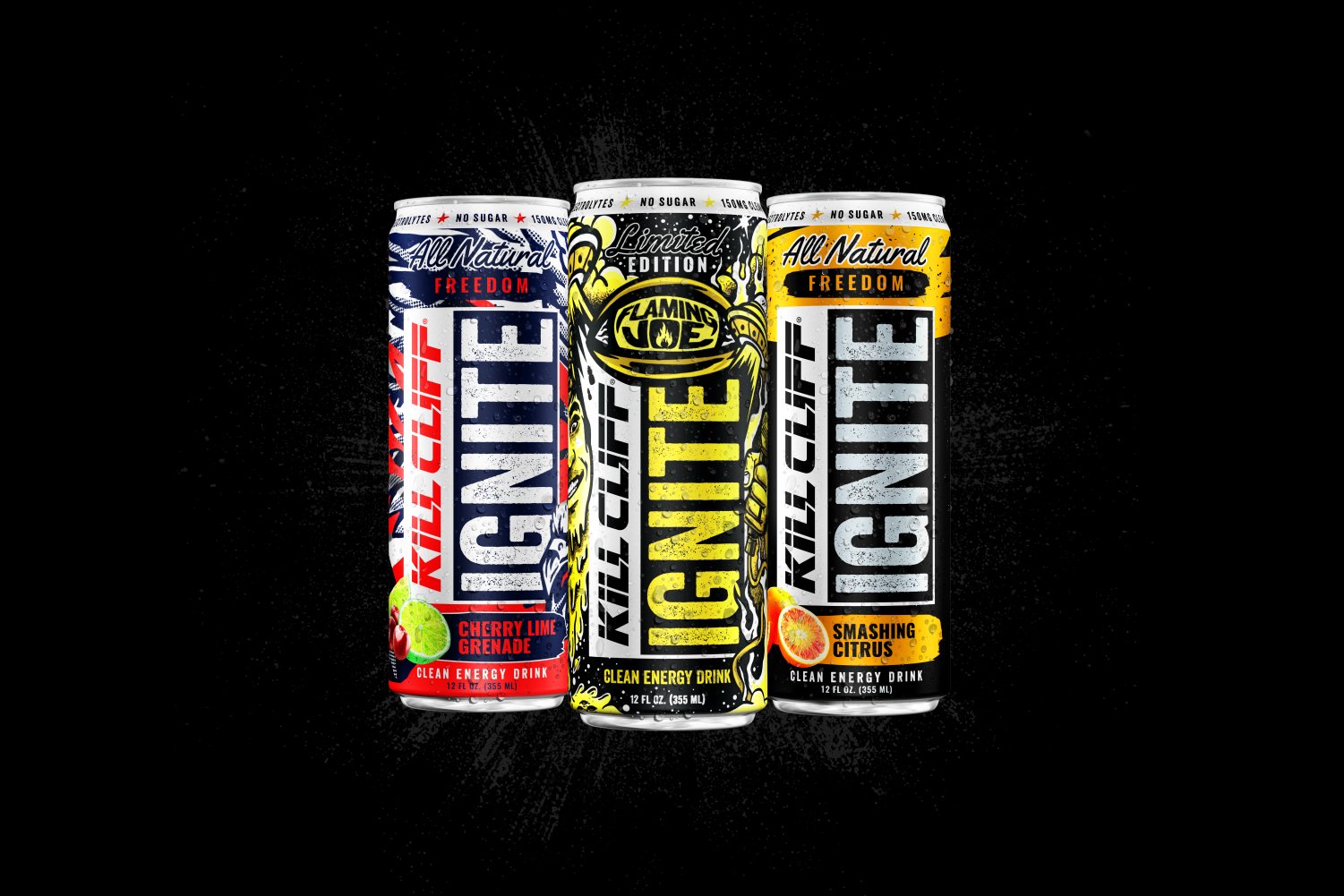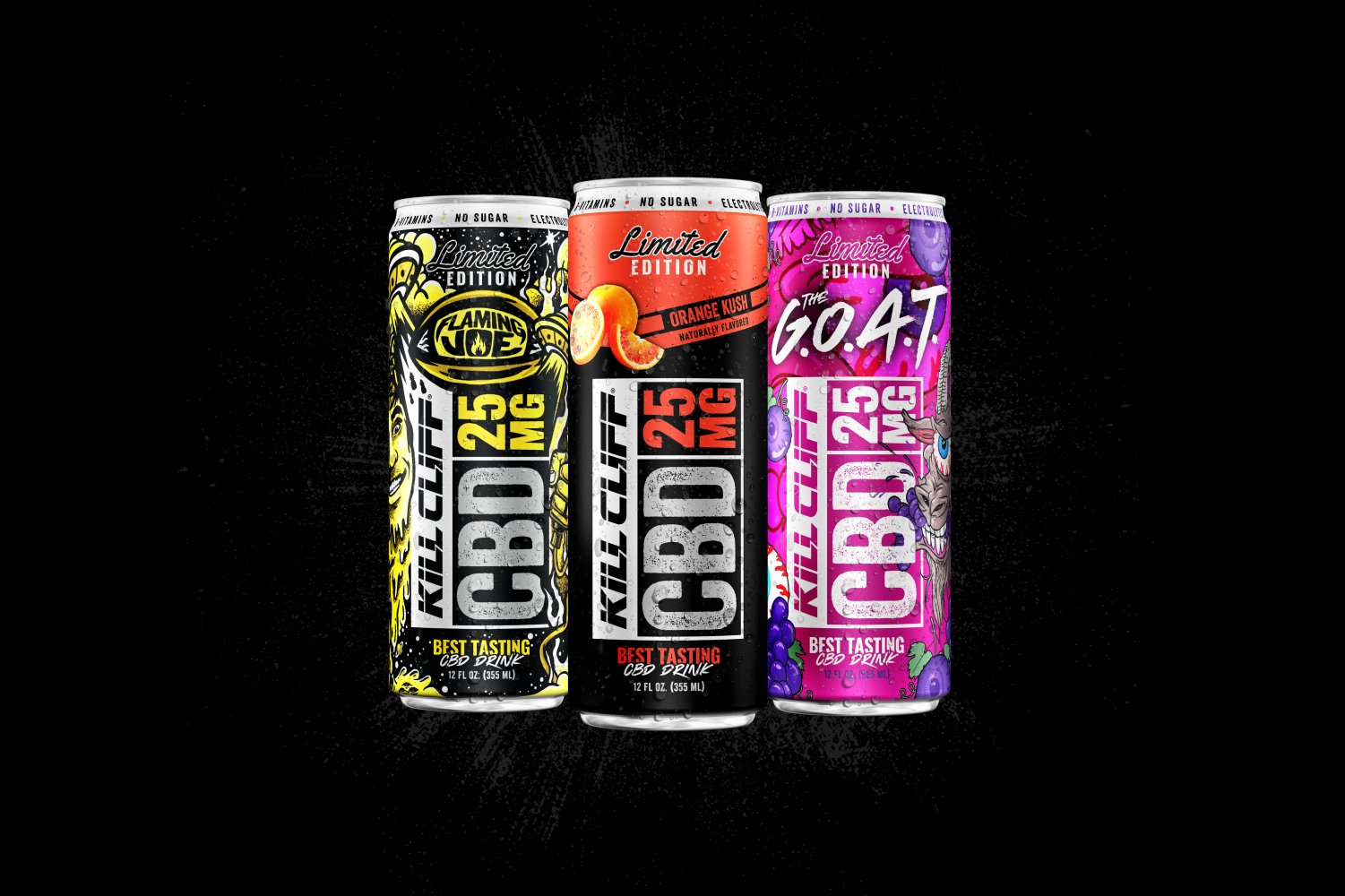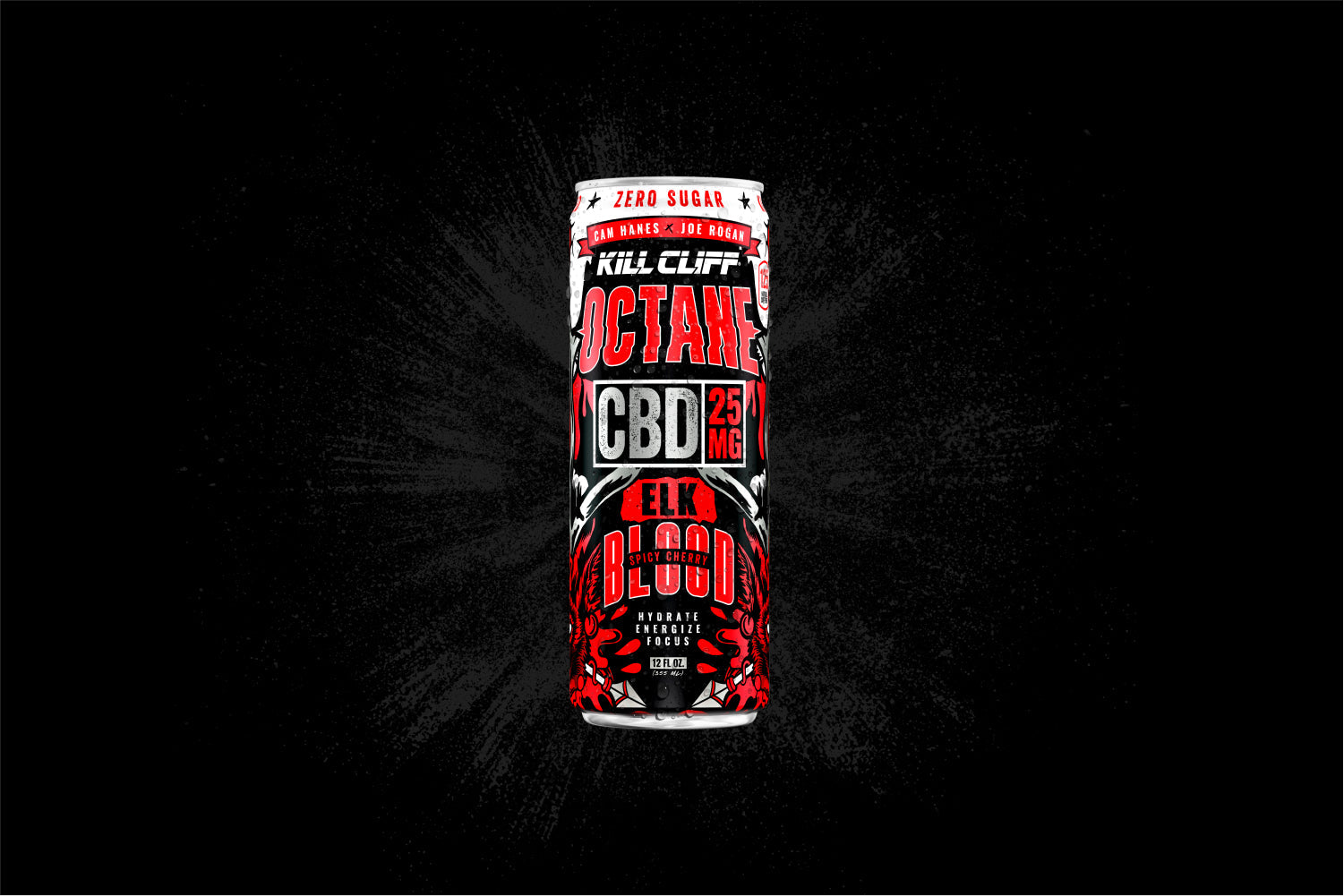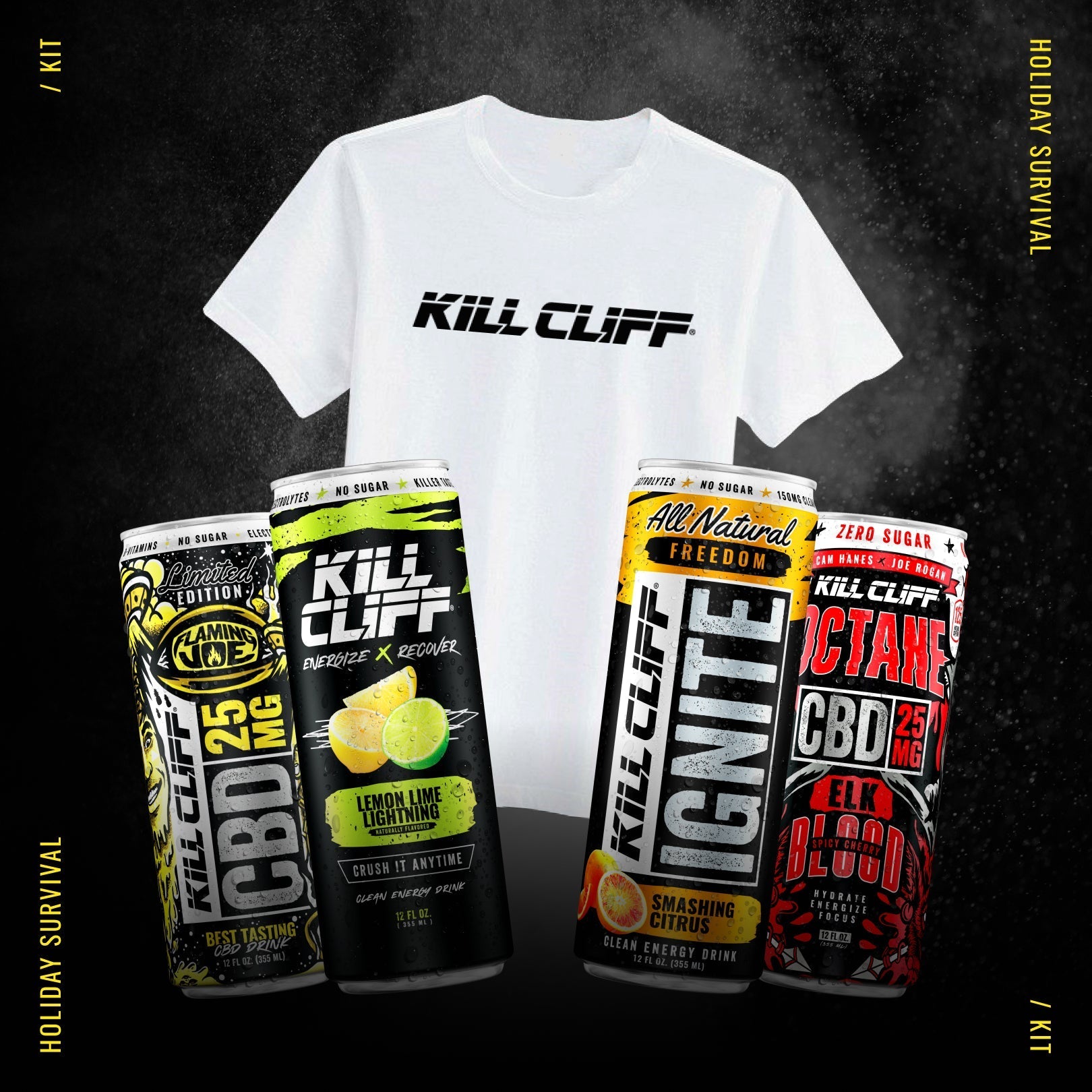
Fuel your body to recover faster and prevent unwanted weight gain while maintaining muscle mass!
Did you know >3.5 million injuries occur each year in teenagers 14 and under? Two million of those sport injuries occur in just high school aged kids each year. This results in ~500,000 doctor visits! Although there’s not a ton of data on sport injuries in adults, a recent study revealed 642 of 3,498 adults reported a sport injury in the past year. If we’re considering non sport-related injuries, the number is even higher. If you’re reading this, you probably have a sport injury and this isn’t new news.
We won’t go much into concussions in this blog post. If you want more information on that you can check out my blog, “Concussions and Athletes.” However, here are some quick stats on concussions:
- >3 million concussions/year from all sports
- 33% occur during practice
- 21% of TBI (Traumatic Brain Injury) from sports in athletes <18 y.o.
According to CDC, 50% of all injuries are preventable and one of those ways is through proper sports nutrition!
Physiology of an Injury
There are essentially 3 phases of an injury. Let’s explore what happens in each:
- Inflammation- The body’s natural response that occurs immediately following tissue damage. Main function is to defend the body against harmful substances, dispose of dead or dying tissue and to promote the renewal of normal tissue.
- Vasodialation- Body releases chemicals to cause vasodilation (widening of capillaries) and increase permeability. These also act as chemical messengers for natural defense. As a result, this can increase pain sensitivity.
-
Chemotaxis– The migration of white blood cells to damaged area
- Neutrophils are first at the site to neutralize harmful bacteria
- Macrophages engulf bacteria and dead cells so new cells can grow at the site 72 hours to several weeks following injury
Now, there’s a little bit of a debate on whether or not inflammation is good or bad. I won’t get into the nitty gritty details of that. However, as a general rule, a little inflammation is ok- like after a workout. Your body can actually adapt to this and it can help with muscle protein synthesis, given that you are eating. A lot of inflammation and prolonged inflammation is not so good. This is what you get after an injury.
Why is injury inflammation bad and workout inflammation ok? In short, prolonged inflammation and pain can lead to atrophy of the muscle. That means muscle loss. So basically after an injury, you’re returning weaker than you were previously. That’s not good for performance!
Goals of Nutrition for Sport Injuries
There are several goals to focus on when it comes to nutrition for sport injuries:
- Support muscle growth
- Preserve muscle mass
- Prevent body fat gain
- Maintain energy levels
- Reduce inflammation
So how do we accomplish all of these goals? A good sports nutrition plan! What you need to eat actually depends on what type of injury you experienced. However, a quality overall diet is of the utmost importance. If you are not stocking up on healthy, nutrient dense foods throughout the day, then your ability to recover will be much harder. I suggest checking out my new online course, Recharge Your Health! It will teach you everything you need to know about fueling your body properly for your activity level.
Soft Tissue Injury

Soft tissues include muscles, tendons and ligaments. Tendons and ligaments provide structural stability to joints and serve as the connections between muscles, cartilage and bones. Injuries can be acute (trauma) or chronic (overuse). Here’s what you need to do:
- Consume adequate protein- Aim for 1-1.2 g per kg of body weight each day (to convert lbs to kg, simply divide your weight in lbs by 2.2)
- Modify intake of calories– Reduce by 300-500 calories per day if you will be significantly less active/sedentary. Under eating is just as bad as over eating so consulting a sports dietitian to estimate your needs is best.
- Hydrate- Drink at least ½ body weight in ounces water/day
- Nitric oxide- Helps stimulate collagen synthesis to speed healing and strengthen damaged tissue. Beet juice or Beet Elite are both good options for nitric oxide.
- Vitamin C & gelatin– Promotes greater collagen production following tissue injury. Mixing gelatin powder in a vitamin c rich drink (orange juice) 60 min prior to activity helps to prevent injuries by helping to rebuild the tendons/ligaments. Aim for .05 g/kg body weight gelatin mixed with 5 mg/kg body weight vitamin c. You can use a gelatin powder or bone broth.
- Leucine- An amino acid that stimulates muscle protein synthesis and reduces breakdown after exercise-induced stress. Leucine combined with other amino acids is better than alone (think whey protein or dairy). Aim for 2-3g/serving
Bone or Joint Injury

Bone and joint injuries can be acute (trauma) or chronic (stress fracture). Here’s what to include in your diet:
- Glucosamine- An amino sugar that plays a key role in growth and repair of connective tissue such as cartilage in joints.
- Chondroitin- A component of cartilage that aids in cartilage synthesis by providing material for formation of new tissue and absorbing fluid into connective tissue. You can’t get glucosamine and chondroitin from food sources (unless you like eating shrimp shells!), so a supplement is necessary here. I recommend and personally use Thorne supplements, which can be purchased through this link.
- Calcium- Provides strength and structure to bones. Aim for 1500-2000 mg/day. Food sources include dairy (including alternative milks), leafy greens, broccoli and fish with bones. A supplement may be needed here if you’re not much of a milk drinker. Again, I recommend Thorne supplements since they’re NSF certified to contain what they say, nothing more and nothing less.
- Vitamin D- Needed for calcium absorption and bone turnover. Vitamin D blood levels >40 ng/mL is best to prevent stress fractures. It is best to get vitamin D from sun, egg yolks, sockeye salmon, shiitake mushrooms over supplements. Supplement only if blood levels are low enough, which will require a lab test.
- Vitamin K and magnesium- Both of these may inhibit bone healing if intake is below DRI (daily recommended value). A lab test is also encouraged to see where you stand. If intake is at or above DRI, no supplements are needed. Food sources: leafy greens, nuts, seeds, beans and whole grains.








